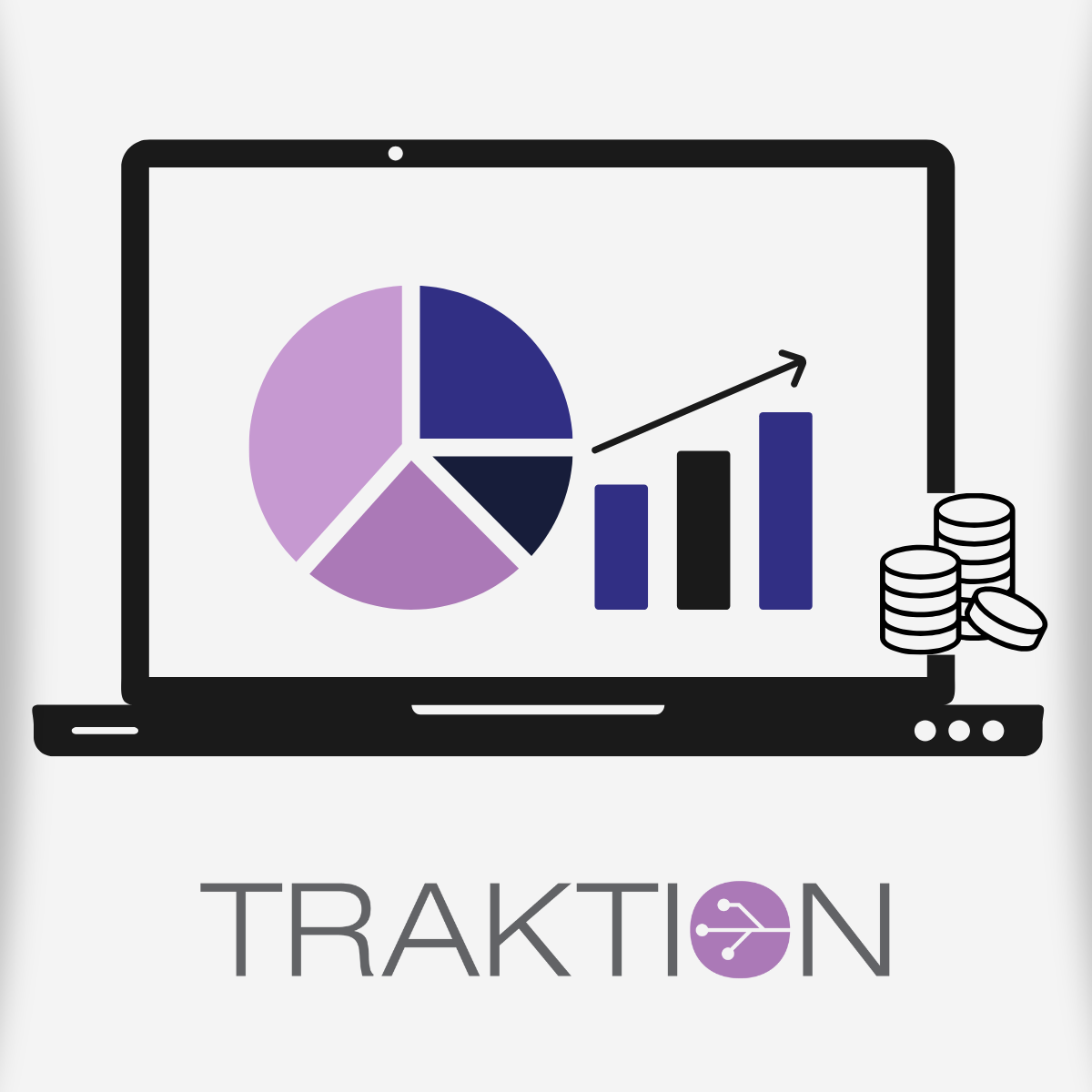Is Your EMR/CMR Data The New Healthcare Marketing Engine?
Digital marketing is going through one of its most significant transformations in years. As third-party cookies continue to disappear across major browsers and advertising platforms, the ability to track users online is quickly changing. For healthcare marketers, this presents a unique challenge. Traditional digital strategies, especially retargeting and audience targeting, have relied on cookies to identify potential patients and measure campaign success. Now, as privacy regulations expand and tracking options shrink, the question becomes, what replaces cookies?
For healthcare organizations, the answer is already part of their ecosystem. The EMR (Electronical Medical Record) systems that have initially served operational or clinical purposes are the new marketing engine, often working in tandem with CRM (Customer Relationship Marketing) and marketing automation systems to better communicate with patients and prospects.
Why Cookie Depreciation Matters for Healthcare
Cookie deprecation impacts every industry, but healthcare feels the effects more acutely. Unlike retail or media companies that can depend on advanced tracking pixels and behavioral data, healthcare marketers operate under strict privacy laws that limit data collection and targeting. Cookies were one of the few privacy-safe ways to reach relevant audiences at scale. As that option disappears, it becomes much harder to track online behavior, refine audience segments, and attribute conversions.
This shift moves from renting audiences through third-party platforms to owning the data needed to build meaningful, long-lasting relationships with patients.
The Increasing Importance of EMR and CRM Data
EMRs and CRMs hold some of the most accurate and context-rich data available to healthcare organizations. The EMR provides clinical insights like diagnoses, procedures, utilization patterns, and care gaps. The CRM captures engagement points, communication preferences, and behavioral signals. When these systems work together, they offer a complete view of the patient journey.
This integration helps healthcare marketers understand where patients are in their care timeline, which services may suit them, and how to communicate effectively and compliantly. Unlike third-party cookies that depend on assumptions, first-party data from EMR and CRM systems is based on actual patient needs and real interactions with the healthcare system. When deployed safely following HIPAA guidelines, this combination can be highly effective.
Your New Marketing Engine
As cookies diminish, the future of healthcare marketing focuses on activating the first-party data you already have. EMR and CRM systems enable targeted outreach to patients and prospects. Instead of broad ads to large audiences, organizations can deliver timely reminders, educational content, and personalized messages linked to milestones or engagement cues.
This approach enhances patient relationships and boosts operational and financial results, whether it’s improving appointment adherence, promoting preventive screenings, or fueling service line expansion. And since every interaction can be linked to a known patient or household, attribution becomes clearer and measuring campaign success easier.
The Bottom Line
The shift away from cookies is not just technical, it’s strategic. Healthcare organizations now have the chance to move from broad, anonymous advertising to data-driven, relationship-focused marketing. Your EMR and CRM systems are no longer just back-office tools. They form the foundation of your marketing strategy, offer your most valuable insights, and serve as the engine for growth in a privacy-first environment.

